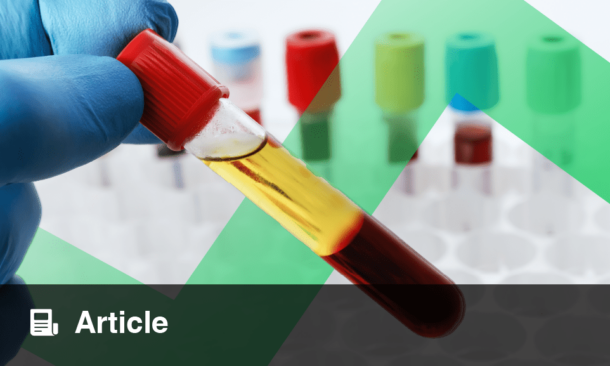NEW research has revealed that egg-induced anaphylaxis in children presents with unique symptoms, differing from other food allergies. The study, led by Connor Prosty, McGill University, Montreal, Canada, analysed data from the Cross-Canada Anaphylaxis Registry, focusing on 302 children with a mean age of 2.6 years.
The researchers found that vomiting and a lack of throat tightness and angioedema are distinguishing features of egg-induced anaphylaxis. Pre-hospital use of epinephrine autoinjectors (EAIs) was comparable to other food allergies, but specific symptoms helped differentiate egg allergies from others.
In total, 302 children (55.3% male) with egg-induced anaphylaxis were involved in the study. A history of egg allergy was present in 39.4% of patients, and 49.7% had a known food allergy. Concomitant asthma was observed in 9.3% and atopic dermatitis in 21.5%. Lightly cooked eggs were the most common trigger at 47.5%, followed by baked goods, sauces, pasta, candy, and ice cream. Most reactions occurred at home, 71.2%, after ingestion, which accounted for 95.4% of the cases.
The most common symptoms included urticaria, present in 70.9% of cases, angioedema in 44%, pruritus in 36.8%, and vomiting in 33.8%. Respiratory symptoms, such as dyspnoea, were noted in 26.5% of cases, and throat tightness in 7.6%. Anaphylaxis severity was classified as mild in 30.5% of cases, moderate in 60.3%, and severe in 9.3%.
Amongst these children, pre-hospital EAI use was reported in 32.1% of cases, similar to other food-induced anaphylaxis triggers. In hospital settings, 43.7% of patients received intramuscular epinephrine. H1-antihistamines were used by 37.7% pre-hospital and 43% in hospitals.
The authors concluded that their findings underscore the need for healthcare providers to exercise a high degree of suspicion for egg-induced anaphylaxis, especially in young children who lack a history of food-induced anaphylaxis. Early recognition and appropriate management are crucial for these patients, given their unique symptom profile. This study, one of the largest to analyse paediatric egg-induced anaphylaxis, aimed to improve identification and treatment, potentially reducing the risk of severe allergic reactions in children.
Victoria Antoniou, EMJ
Reference
Prosty C et al. Clinical characteristics and management of pediatric egg-induced anaphylaxis: a cross-sectional study. 2024;133(1):81-5.







